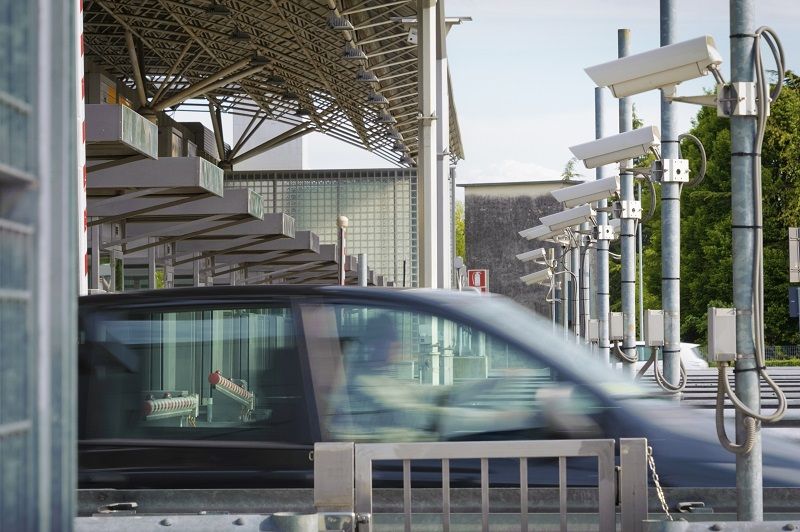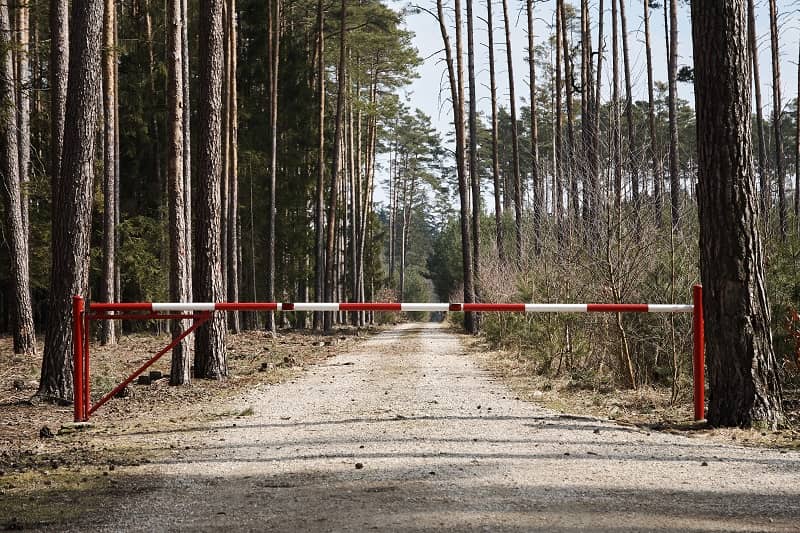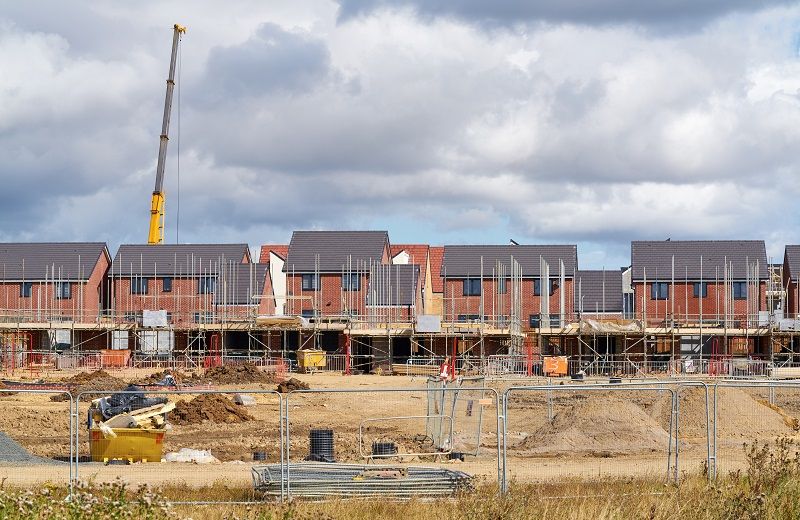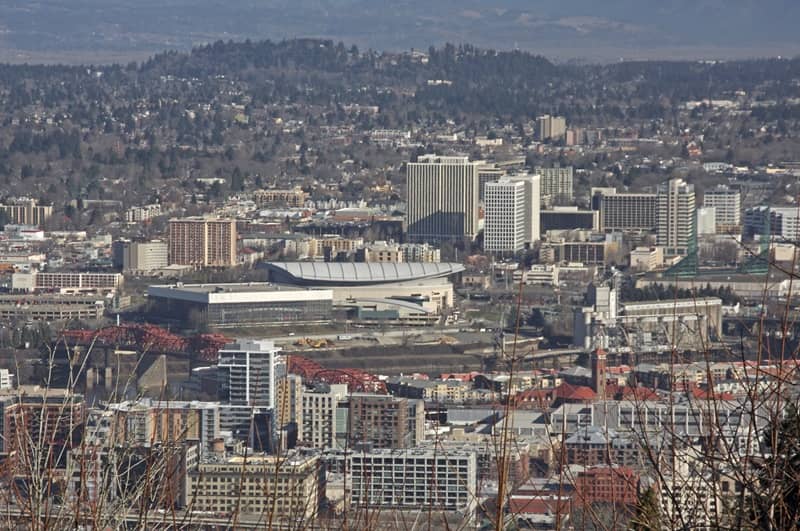By John A. Charles, Jr.
February 3, 2022
Senate Natural Resources Committee
State Capitol
Salem, OR 97301
Dear Sen. Golden,
I have been participating in policy development on the Elliott State Forest for the past 27 years. Before you take action on SB 1546, I encourage you to ask the following questions:
How much will decoupling cost, and who will pay? The common assumption is that the market value of the ESF is $220.8 million. That may not be correct.
At a December 21 briefing, a DSL spokesperson confirmed that a new appraisal is being conducted and will be available sometime in the spring. It’s likely that the new valuation will be higher than $220.8 million. That figure was adopted in 2016, and was much lower than any previous valuation, primarily because the Land Board imposed 4 sideboards on the “ESF Sale Protocol” used to solicit bids to buy the forest. Those sideboards seriously constrained the ability of any future owner to harvest timber.
In early 2017, when the Board voted to reject the cash offer of $220.8 million made by the Lone Rock consortium to buy the forest – an offer the Board itself solicited – the sale protocol was voided, upon a motion of Governor Brown. Thus, the $220.8 number no longer has meaning.
In 1995, when DSL released its first Asset Management Plan, the ESF was given an estimated value of $850 million. Since annual timber growth on the Elliott has exceeded harvest levels every year since then, it’s plausible that the forest today is worth more than $1 billion.
As policy makers, you need to know that number before you vote on the bill.
In addition to the total cost of decoupling, you need to consider who will be paying for it. The debt on the first tranche of $100 million of ESF bonds, approved in 2017, is $149 million. Every two years, as part of the state budgeting process, the legislature approves expenditures to service that debt. That money comes general income taxes, paid (in part) by parents of the 560,000 public school students of this state.
So instead of benefiting from timber harvest receipts generated from the ESF, they are making payments to Wall Street bondholders.
It’s certainly possible that the $100 million secured from the bond sale, which was added to the Common School Fund, is currently generating revenues in excess of debt service payments on the bonds, so in that sense public school parents are net beneficiaries. But I have not seen any analysis to that effect.
If it turns out that full decoupling will require the legislature to approve bond sales far above $121 million – perhaps closer to $1 billion – you should think carefully about how the money will flow, to ensure that public school students and their families are actually benefiting.
What does “financially self-sufficient” mean, as referenced in Section 2 and again in Section 31? The original concept, as put forward by Treasurer Read in 2017, was that OSU would own and manage the ESRF. But after three years of due diligence, OSU announced it would not assume ownership, due to the financial risk.
Also, the ESF has lost money in 7 out of the last 9 years.
These two facts should make you very skeptical about the promise of financial viability. As legislators, you need to know who will backstop this program if expenses exceed revenues. I’ve heard advisory committee members say that the new entity will not be coming to the legislature every two years for operating subsidies. But if taxpayers don’t bail it out, who will?
Other relevant questions:
- Who will be paying the start-up costs of $35 million?
- Why does the Oregon Administrative Procedures Act not apply to the ESRFA (Section 13)?
- Are the 24 conservation groups urging you to adopt SB 1546 also agreeing to not sue the ESRFA regarding planned timber harvest operations? If not, why not?
Thank you for your consideration of these issues.
John A. Charles, Jr.
President & CEO
Cascade Policy Institute












